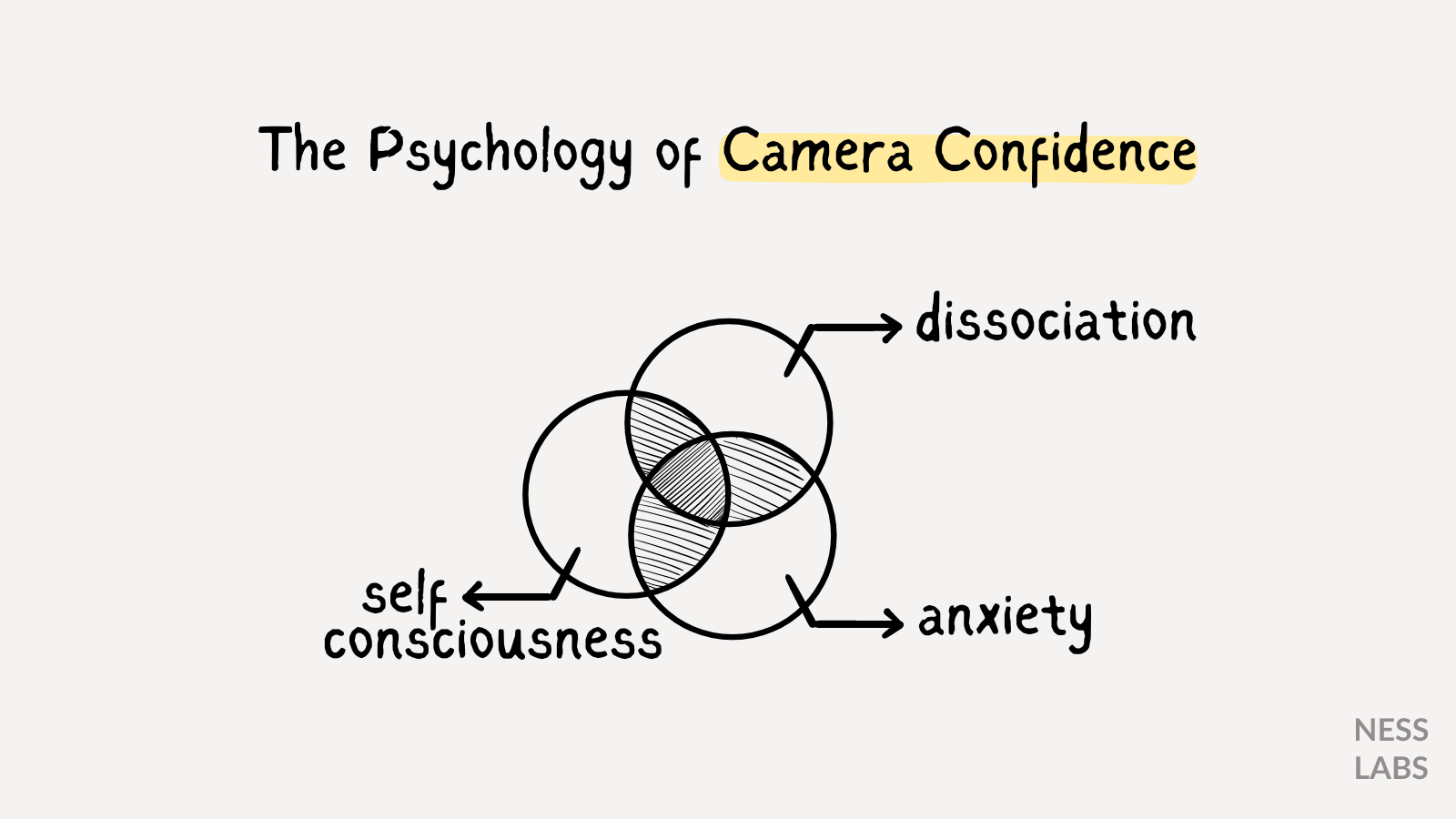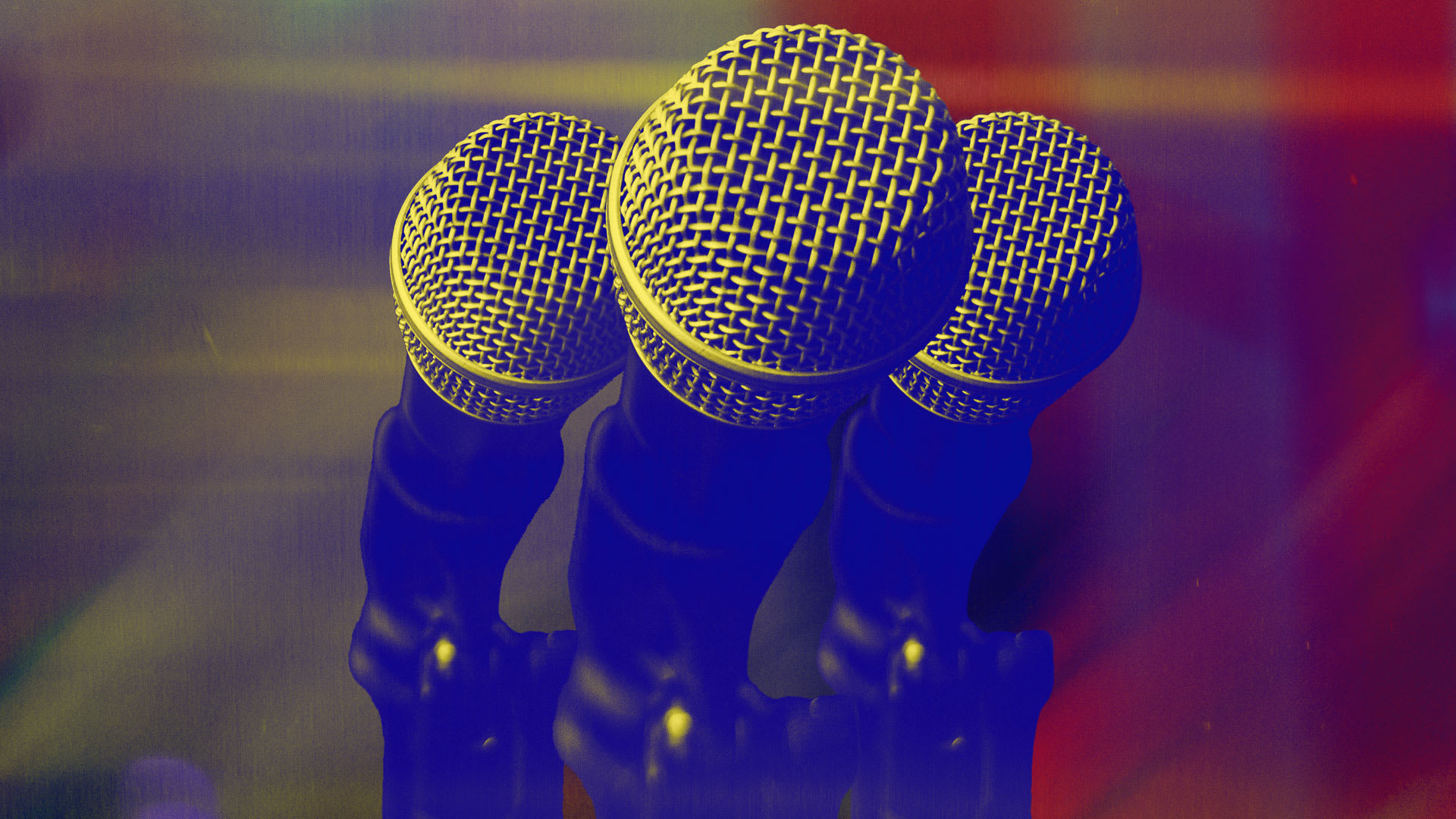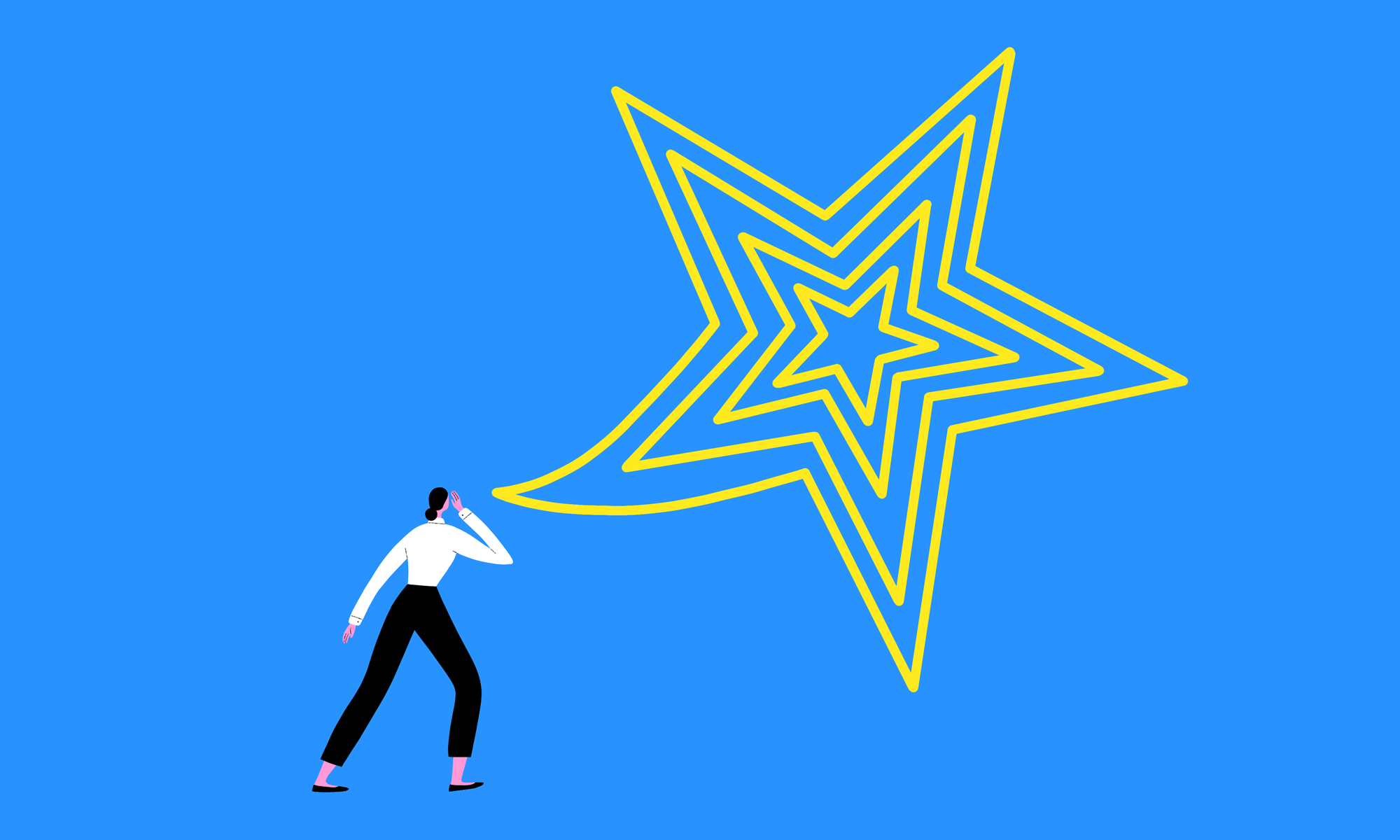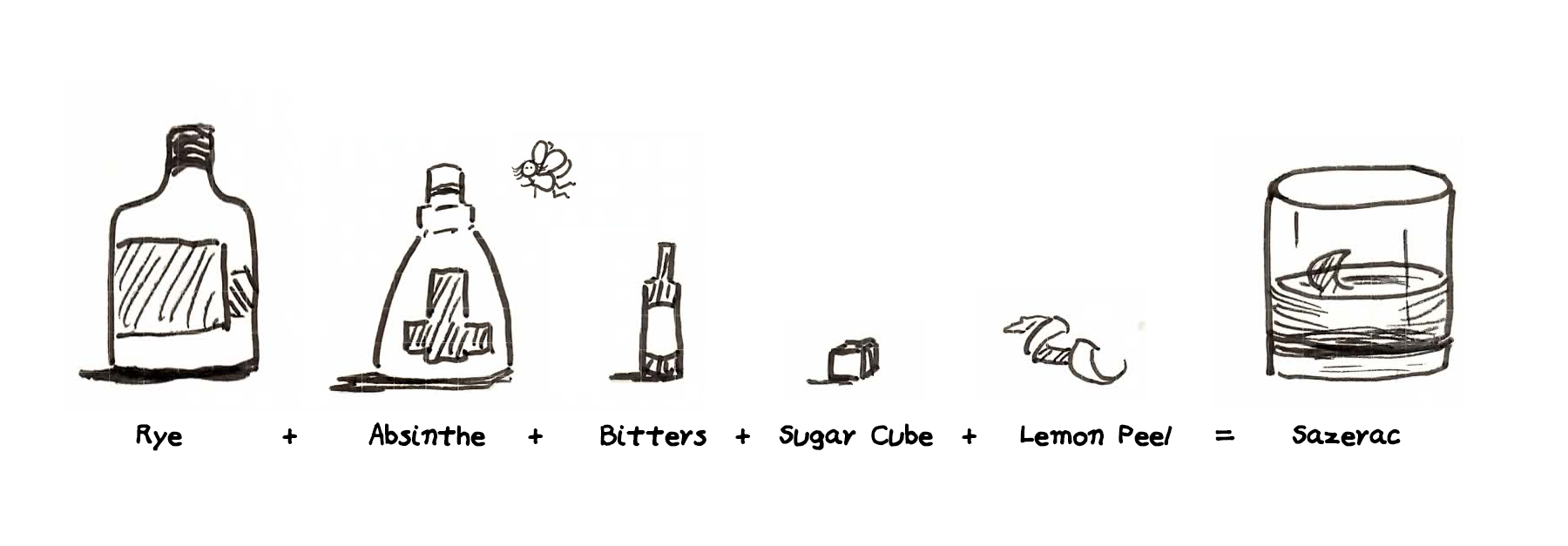speaking
PDF | Burden of proof has recently come to be a topic of interest in argumentation systems for artificial intelligence (Prakken and Sartor, 2006, 2007,... | Find, read and cite all the research you need on ResearchGate
Soon enough, artificial intelligence may be able to recreate the sounds — but there will be something missing.
Do conversations end when people want them to? Surprisingly, behavioral science provides no answer to this fundamental question about the most ubiq...
Or "Spiderman Is My Boyfriend"
Visit http://TED.com to get our entire library of TED Talks, transcripts, translations, personalized talk recommendations and more. Simon Sinek presents a simple but powerful model for how leaders inspire action, starting with a golden circle and the question "Why?" His examples include Apple, Martin Luther King, and the Wright brothers -- and as a counterpoint Tivo, which (until a recent court victory that tripled its stock price) appeared to be struggling. The TED Talks channel features the best talks and performances from the TED Conference, where the world's leading thinkers and doers give the talk of their lives in 18 minutes (or less). Look for talks on Technology, Entertainment and Design -- plus science, business, global issues, the arts and more. You're welcome to link to or embed these videos, forward them to others and share these ideas with people you know. Follow TED on Twitter: http://twitter.com/TEDTalks Like TED on Facebook: http://facebook.com/TED Subscribe to our channel: http://youtube.com/TED TED's videos may be used for non-commercial purposes under a Creative Commons License, Attribution–Non Commercial–No Derivatives (or the CC BY – NC – ND 4.0 International) and in accordance with our TED Talks Usage Policy (https://www.ted.com/about/our-organization/our-policies-terms/ted-talks-usage-policy). For more information on using TED for commercial purposes (e.g. employee learning, in a film or online course), please submit a Media Request at https://media-requests.ted.com
A nearly 50-year-old Harvard University study found that the word "because" helps people make more persuasive requests. Here's why, says a Wharton professor.
In a world dominated by video, we know we’d benefit from communicating effortlessly through video content. But many of us struggle with camera confidence. This is because our fear of talking to a camera is deeply rooted in our survival instincts.
It could also make you more attractive to potential long-term partners.
Here's how to give a eulogy, and other difficult speeches, according to a Stanford business school lecturer.
The cognitive work involved in lying is relevant to lie detection and could help explain why some people are better liars
Persuasive rhetorical techniques from the speeches of Demosthenes in Classical Athens to Cicero in the Late Roman Republic.
Have a great idea but sure how to sell it? Investor and teacher Mar Hershenson has you covered. Whether it's sharing a new product with a client or vying for a promotion, these three steps will help you tell an irresistible story and get the "yes" you're looking for.
When you have to communicate a difficult organizational decision to employees, it’s hard to know how much information to provide when you can’t be fully transparent yet. Saying nothing can undermine people’s trust in your motives and compassion, whereas saying too much can leave people feeling overwhelmed and vulnerable as they struggle to process the information and implications. Striking the right balance between these two extremes is a tricky exercise for leaders. The author presents five strategies to help you figure out what to say and do when you can’t yet be fully transparent with your employees.
We all know people who talk with their hands. Turns out there’s quite a bit of research around the relationship between language and gestures.
When trying to make language either more concrete or more abstract, one helpful approach is to focus on either the how or the why.
Industrial genius Carl Braun believed that clear thinking and clear communication go hand in hand. Here the guide on writing productively to get things done.
Technological advances in natural language processing, computational linguistics, and machine learning, combined with the digitization of everything from cover letters to conversations, have revolutionized our ability to analyze language, yielding unprecedented insights. Think of it as a new science of language. Many of the findings suggest that small changes in the words we use can increase our ability to persuade and influence others.
Following a simple, three-part framework can make your introductions smoother, easier, and more memorable.
In 2002 I was driving to a hedge fund manager's house to hopefully raise money from him. I was two hours late. This was pre-GPS and I had no cell phone. I was totally lost. I kept playing over and over again "Lose Yourself" by Eminem. I was afraid this was my one shot and I was blowing it. I was even crying in my car. I was going broke and I felt this was my one chance. What a loser.
Clone a voice in 5 seconds to generate arbitrary speech in real-time - CorentinJ/Real-Time-Voice-Cloning
Improv comedy is about more than making people laugh. It can help performers be more creative and self-assured — and combat anxiety, both on and off stage.
Transformational leaders are exceptional communicators. In this piece, the author outlines four communication strategies to help motivate and inspire your team: 1) Use short words to talk about hard things. 2) Choose sticky metaphors to reinforce key concepts. 3) Humanize data to create value. 4). Make mission your mantra to align teams.
Talking to someone who gets defensive can be frustrating. So, what can you do? Here's how to sidestep someone's personal fortifications.
Examples of hidden ways people drain one other’s energy in social interaction—and what to do about it
I took part in a 6 week stand-up comedy course for beginners at The Comedy Store in Central London. At the end of the course, myself and the other co...
This one of a series of essays on speaking. Find more here. You’ve written a great talk, you’ve made your deck (or not!) and you’ve practiced. But have you considered how you’ll move while speaking…
Here’s what the best leaders do.
We are really bad at navigating a key transition point during one of the most basic social interactions
Mastering the art of public speaking has nothing to do with your personality, with overcoming shyness or learning to act confident. It's a technical skill that nearly anyone can acquire — just like cooking.
Not all introverts suffer from public speaking anxiety. But if you do, here are some ideas to eliminate it and become a strong communicator.
Politicians and other public figures deploy particular rhetorical devices to communicate their ideas and to convince people, and it’s time that we all learned how to use them, says speechwriter Sim…
I was enjoying a sazerac with a old friend of mine at a local watering hole. And by watering hole, I mean incredibly hip farm-to-table restaurant full of young techies because we were in Mountain V…
What does it take to become a more convincing communicator? New research suggests that linguistic mirroring — that is, adjusting your communication style to match that of your audience — is an effective tool to increase your ability to influence others. In this piece, the authors describe four key dimensions of linguistic mirroring, as well as several tactical strategies for leaders looking to win over a client, judge, or other important evaluator. Ultimately, they argue that building genuine relationships with key evaluators is the best way to gain insight into their linguistic preferences — but it’s up to all of us to make sure that we use the power of linguistic mirroring for good.
Silero Models: pre-trained speech-to-text, text-to-speech and text-enhancement models made embarrassingly simple - snakers4/silero-models
It’s Drift’s and it’s brilliant. Here’s why.
To engage leaders, colleagues, and clients, use this simple technique
“Nothing in the world is more exciting than a moment of sudden discovery or invention, and many more people are capable of experiencing such moments than is sometimes thought.”
Bill Carmody is a twenty-five year global keynote speaker. He’s had the incredible privilege to present in Brazil with Sir Richard Branson and in India with executives from Fortune 100 companies. Recently he had the distinct privilege to teach several of the UK Brexit government officials how to become more powerful public speakers. Bill Carmody is a twenty-five year global keynote speaker. He’s had the incredible privilege to present in Brazil with Sir Richard Branson and in India with executives from Fortune 100 companies. Recently he had the distinct privilege to teach several of the UK Brexit government officials how to become more powerful public speakers. This talk was given at a TEDx event using the TED conference format but independently organized by a local community. Learn more at https://www.ted.com/tedx
If you want to help people, don’t give them advice. Do this instead.
These common expressions can cause listeners to think twice.
The term "bullshitting" (in addition to its colloquial use) is a technical psychological term that means, "communication characterised by an intent to be convincing or impressive without concern for truth." This is not the same as lying, in which one knows what they are saying is false. Bullshitters simply are indifferent to whether or not
The way your name or a word rolls off the tongue can have some surprising effects on the judgements we make.
Many nationalities recognise that there is a tone of voice that is instantly alluring, but do some speakers have an unfair advantage?
Communicating better can help you achieve your goals and deepen your relationships.
Sometimes, it really is what you say that makes a difference.
It’s important to understand that when you, as a leader, communicate with your team, using weaker words weakens your message and blunts your ability to inspire people. It’s not enough to just throw thoughts out there and hope for the best. You need to actively recommend ideas and assert their worthiness in all of your communications. For example, consider these “power words”: “I’m proposing (not “sharing”) an idea that will make our process more efficient.” “I’m suggesting (not “sharing”) a new logo that better conveys our brand message.” “I’m recommending (not “sharing”) a campaign to make our workplace more diverse.” Ultimately, audiences respond more actively to big points than to small words, but thoughtful leaders need to assess both, knowing that the more powerfully they come across — even in small ways — the greater impact they have on the people they hope to inspire.
Please enjoy this transcript of my interview with entertainment icon Jerry Seinfeld (@jerryseinfeld). Jerry’s comedy career took off after his first appearance on The Tonight Show with Johnny Carson in 1981. Eight years later, he teamed up with fellow comedian Larry David to create what was to become the most successful comedy series in the … Continue reading "The Tim Ferriss Show Transcripts: Jerry Seinfeld — A Comedy Legend’s Systems, Routines, and Methods for Success (#485)"
Assertive communication is about compromise.
Tips from a comedian and a journalist on the art of going from small talk to big ideas. Try these out at the next summer wedding reception.
Five tactics to silence the person trying to make you squirm.
Public speaking can feel like an ordeal, but take a lesson from the ancients: it’s a skill you can develop like any other
Talking out loud to oneself is a technology for thinking that allows us to clarify and sharpen our approach to a problem
When I signed up for a life of conducting orchestras, I didn’t realize I’d also need to learn how to handle enormous audiences
Have you ever found yourself counting ums and uhs?
“No speech was ever too short.”
Nonviolent communication (NVC) is a popular method of conflict resolution that privileges unbiased evidence and specificity.
Look like you‘re trusting your gut and others will trust you.
Express and receive communication empathically using the four-part Nonviolent Communication process developed by Marshall B. Rosenberg, Ph.D.
Ramona Smith used an interesting body-language technique to win the Toastmasters annual public-speaking competition last month in Chicago.















:extract_focal()/https%3A%2F%2Fs3.amazonaws.com%2Fpocket-syndicated-images%2Farticles%2F125%2F1566573732_5d28a5907d711.jpg)





















:extract_focal()/https%3A%2F%2Fpocket-syndicated-images.s3.amazonaws.com%2Farticles%2F6362%2F1620942878_GettyImages-imsev208-053.jpg)







:extract_focal()/https%3A%2F%2Fcms.qz.com%2Fwp-content%2Fuploads%2F2020%2F11%2Ftigersfighting.jpg%3Fquality%3D75%26strip%3Dall%26w%3D2200%26h%3D1236)





:extract_focal()/http%3A%2F%2Fstatic.nautil.us%2F7892_f880d0d6a01ba52fcfe6475defc13e0f.jpg)


:extract_focal()/http%3A%2F%2Fstatic.nautil.us%2F14797_53885282fbff8407b3b6e820b7830180.jpg)